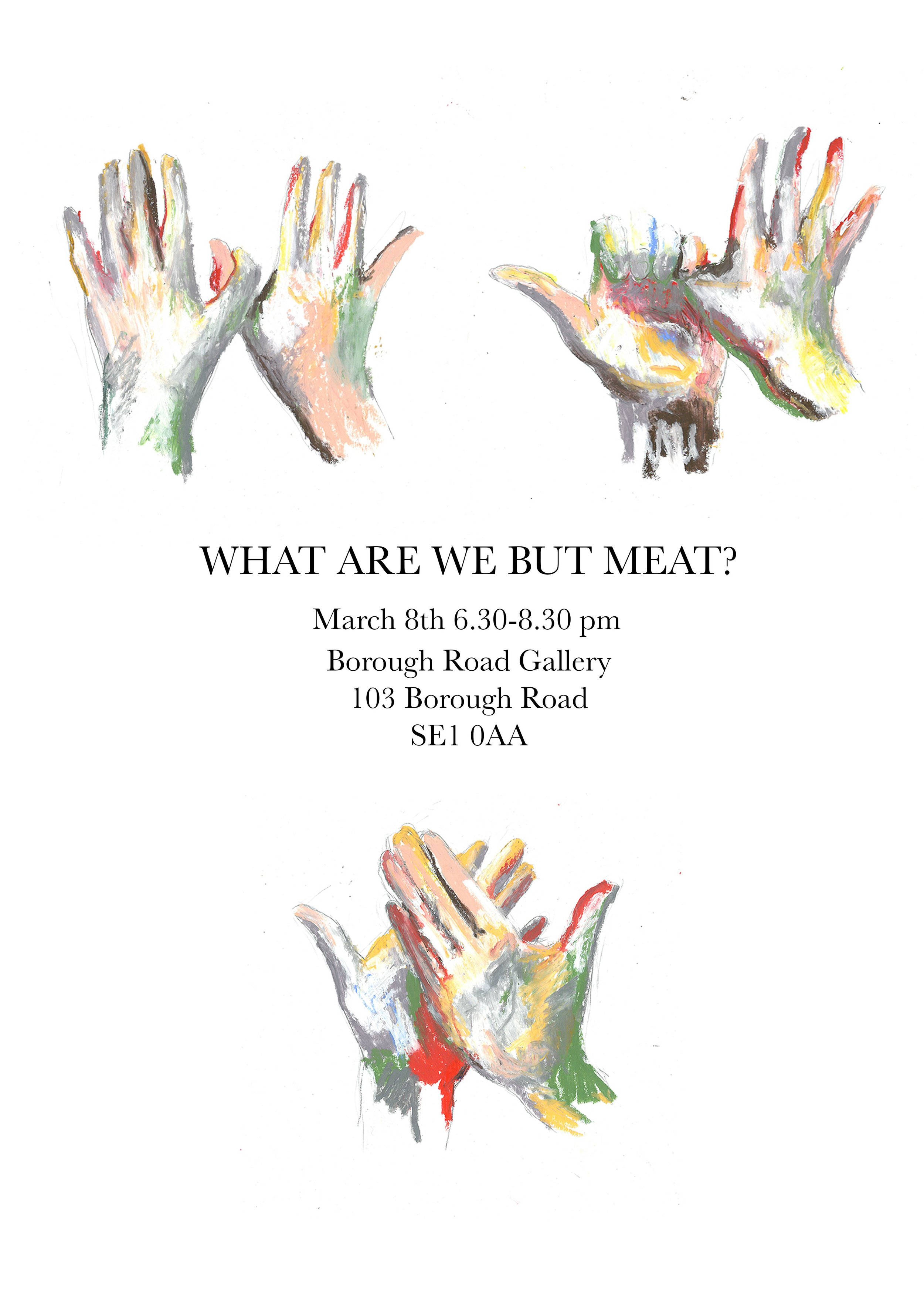Louisa and Tasha installing Self-Portrait
In November, Borough Road Gallery took part in Kids in Museums Takeover Day https://kidsinmuseums.org.uk/what-we-do/takeover-day/ , when young people take over various roles in museums, galleries and historic sites across the UK.
Borough Road Gallery was taken over by the Kids in Museums Youth Panel, a group of eight young people who work with Kids in Museums staff and trustees to improve the access and inclusivity of museums for other young people. The gallery was one of 175 venues that took part in Takeover Day this year, with others including the Museum of London, National Museum Cardiff and York Minister.
The Youth Panel decided to take over Borough Road Gallery after two members, Holly and Tasha, ran the gallery’s social media accounts for Kids in Museums Teen Digital Takeover Day https://kidsinmuseums.org.uk/what-we-do/teen-digital-takeover/ in August. Afterwards, the Panel decided it would be fun to run our own event Pose: Making and Taking Portraits at the gallery for the next Takeover Day, appealing to people of a similar age to us.
“After working so hard as a team to plan and orchestrate our very own Takeover Day, it was great to see our ideas come into fruition. It felt like we were given such a big responsibility, which was really empowering and it allowed for us to be creative.” - Holly
The Panel collectively chose which two artworks from the London South Bank University collections should be on display for the event. We decided on Bent Figure by Edna Mann and Self-Portrait by Dorothy Mead. These artworks were chosen to showcase the works of women in the Borough Group and to “increase the profile of artists that often get lost in the vast discourse of art history”. Mann’s use of charcoal and portrayal of movement in Bent Figure inspired the theme and main activity of our Takeover Day. The Panel was divided into teams to carry out the following roles in preparation for the event:
Pre-event audience research
Planning logistics
Marketing and comm
Curation and installation
Post-event research
Eight people based across the country collaborating on one event is not an easy task. After hours of video conferencing, endless WhatsApp-ing and exhausting a Google Drive folder, the event was ready to go.
The event started with a charcoal drawing activity led by artist Jenny Bell. Three participants held different poses portraying movement, while everyone else had to draw the participants with charcoal without looking at their paper. After lots of laughter at the outcomes, these were all showcased on the wall of the gallery alongside the works of Edna Mann and Dorothy Mead.
Other activities from the day included a talk from the curator at Borough Road Gallery and two Youth Panel members, Louisa and Tasha, who were part of the curation team. This included a ‘two truths and a lie’ game about the artists, the background of the art and why the Youth Panel chose each artwork. A photo booth area was also set up in the gallery for movement-inspired selfies.
Youth Panel member Chloe said: “A highlight was taking part in the drawing workshop. It was interesting to experience an approach to drawing where careful observation was the objective, rather than creating a masterpiece.”
Reflections from the Panel also included potential improvements, like marketing the event sooner and choosing a theme that is more relevant to young people.
In November 2020 Kids in Museums will celebrate the tenth anniversary of Takeover Day with a week-long Takeover Day Festival. To find out more and how to get involved, visit www.kidsinmuseums.org.uk/takeoverday
Tasha Brown, Kids in Museums Youth Panel member
Curator talk
Youth Panel in the photo booth







